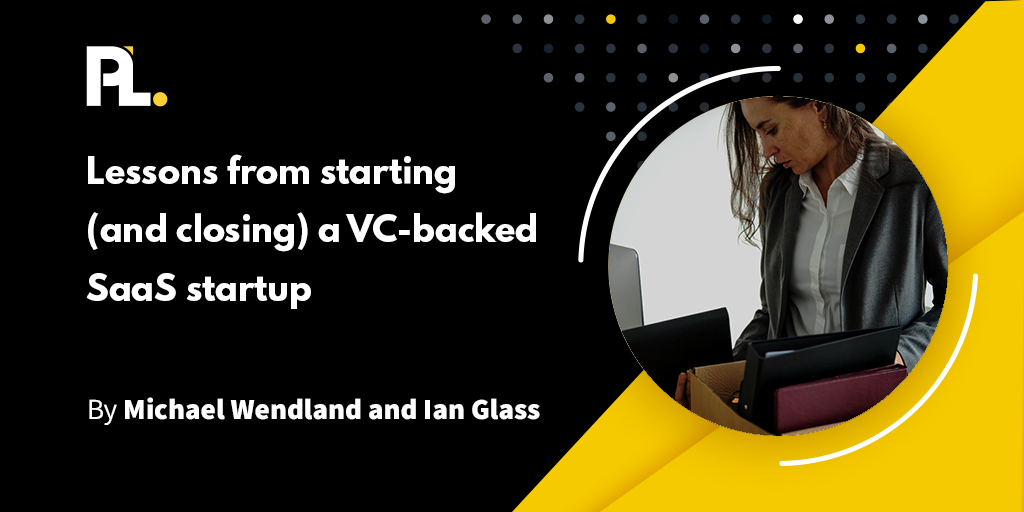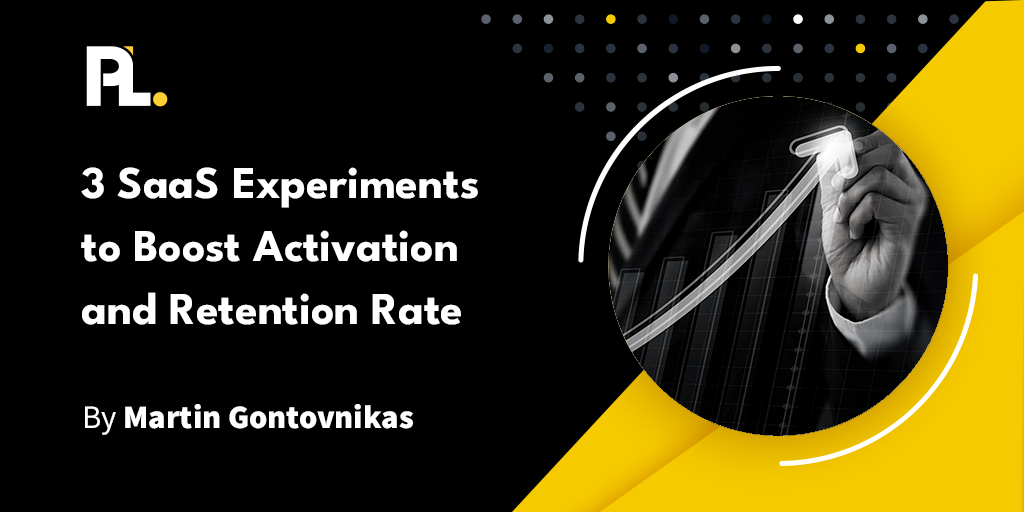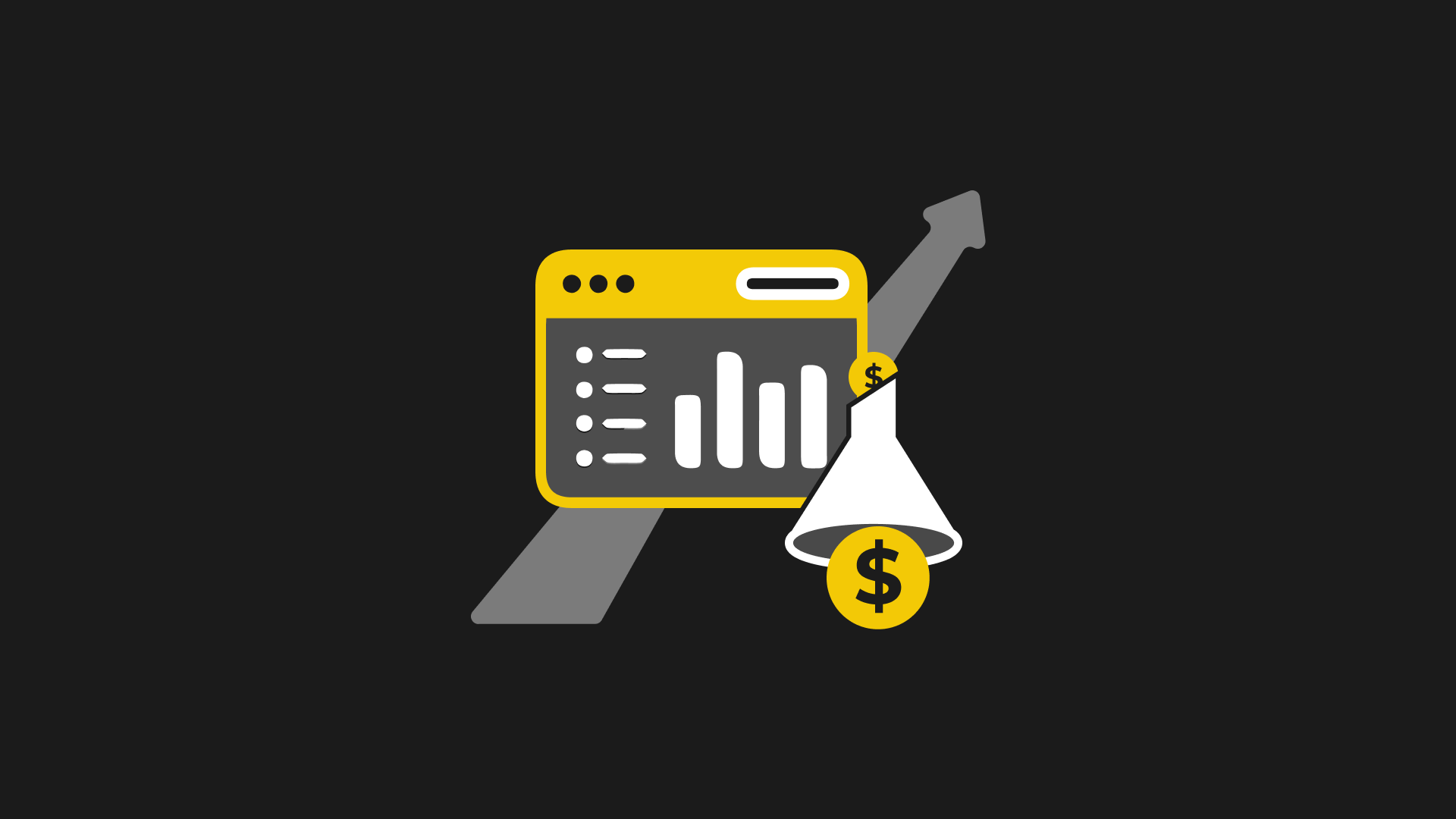
Selling SaaS has changed.
Part of what is contributing to the rise of product-led growth is that the power balance between buyers and sellers has changed forever.

Early in the SaaS industry, sellers had all the leverage. There were few vendors who could solve a specific problem with software-as-a-service. Shoppers had few options to choose from and because of the slim competition, you could get away with charging a small fortune, and/or locking buyers into a long contract.
Now, SaaS companies are a dime a dozen; each category has hundreds of competitors. Just take a look at the 2020 Martech landscape:

Yes, those small dots are companies, believe it or not.
Because of this market, your buyer (a.k.a the end user) has all the leverage. They can now sort through countless options that meet their needs.
And here’s the big kicker: they're not looking to be sold.
They're looking to buy.
And they're not going to buy something that has an aggravating user experience, takes forever to load, and looks like the software was made decades ago.
No, the modern buyer can afford to be picky and hold out for the option that serves them best.
The million-dollar question is: will they choose you?
You see, the traditional way of selling SaaS software doesn't make much sense in a buyer’s market.
Many sales-led companies think they have all the leverage when they don’t. Sales-led companies expect prospects to jump through hoops by asking them to hop on sales calls and sit through demos.
They hide their pricing because they believe that it’ll give them more leverage when negotiating.
They prefer locking customers into long contracts so they have more leverage.
But, when you break it down…
Every single one of these “traditional” sales-led tactics adds a whole lot of…
Friction.
For the modern buyer, this friction can be tiresome and downright annoying.
Add too much friction to your sales process and you risk losing the buyer’s interest altogether.
But the good news is that once you accept we’re in a buyer’s market, there’s one simple rule you can play by to win your category.
Rule: Serve, Don’t Sell SaaS
The main difference between serving and selling can be summed up below:
Selling is focused on telling others the benefits of your product or service.
Serving is focused on showing others your value.
As it relates to a buyer’s market, it’s important to understand this distinction.
While the majority of sellers focus on taking buyers from Point A to B in their friction-crushing sales cycle, you can start by helping them solve their problems.
Whether you serve your potential buyers with a free trial, freemium model, or some other easy way to get started is beside the point.
The reason this strategy is effective is that it recognizes the buyer has the leverage.
Once buyers see first-hand that your product can solve their problem, you've already done the majority of the selling.
At that point, your buyer has a choice:
Either they’ll decide they want continued access to your product, or not.
Regardless of the outcome, you’ve put your best foot forward and built a compelling case for your product.
Tips for Selling SaaS in a Buyer's Market
As we enter the buyer’s market, I want to leave you with a few reminders.
SaaS is now a commodity: to win in a buyer’s market, you need to recognize that the power balance between buyers and sellers has changed forever.
The buyer now has all the leverage: to sell to the modern buyer, you need to stop making them jump through hoops in your sales process and start providing value right away.
The buyer has options: add too much friction to your sales process, and they’ll start looking elsewhere.
To win in a buyer’s market, you must serve before you sell.
It’s time to adapt or risk being disrupted.




%20(1).png)

















